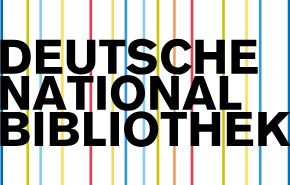LINGUISTIC FEATURES AND SOCIOLINGUISTIC FUNCTIONS OF PHRASEOLOGICAL UNITS: A COMPARATIVE ANALYSIS OF ENGLISH AND UZBEK
Abstract
Phraseological units (PUs) are essential elements of language that carry cultural and linguistic significance. This study examines the linguistic structure of PUs in English and Uzbek, comparing their morphosyntactic, semantic, and functional characteristics. It also explores their sociolinguistic roles, including how they reflect cultural identity and social norms. By analyzing similarities and differences between the two languages, this research contributes to a broader understanding of phraseology in bilingual and cross-cultural communication.
Keywords
phraseological units, idioms, sociolinguistics, English, Uzbek, linguistic structure, cultural identityHow to Cite
References
1.Baker, M. (2018). In Other Words: A Coursebook on Translation. Routledge.
2.Khudayberganova, D. (2020). "Phraseological Units in Uzbek: Structural and Semantic Features." Uzbek Linguistic Journal, 12(2), 45-58.
3.Koonin, A. V. (2004). English Phraseology: A Coursebook. Moscow State University Press.
4.Moon, R. (1998). Fixed Expressions and Idioms in English. Oxford University Press.

This work is licensed under a Creative Commons Attribution 4.0 International License.
Authors retain the copyright of their manuscripts, and all Open Access articles are disseminated under the terms of the Creative Commons Attribution License 4.0 (CC-BY), which licenses unrestricted use, distribution, and reproduction in any medium, provided that the original work is appropriately cited. The use of general descriptive names, trade names, trademarks, and so forth in this publication, even if not specifically identified, does not imply that these names are not protected by the relevant laws and regulations.





